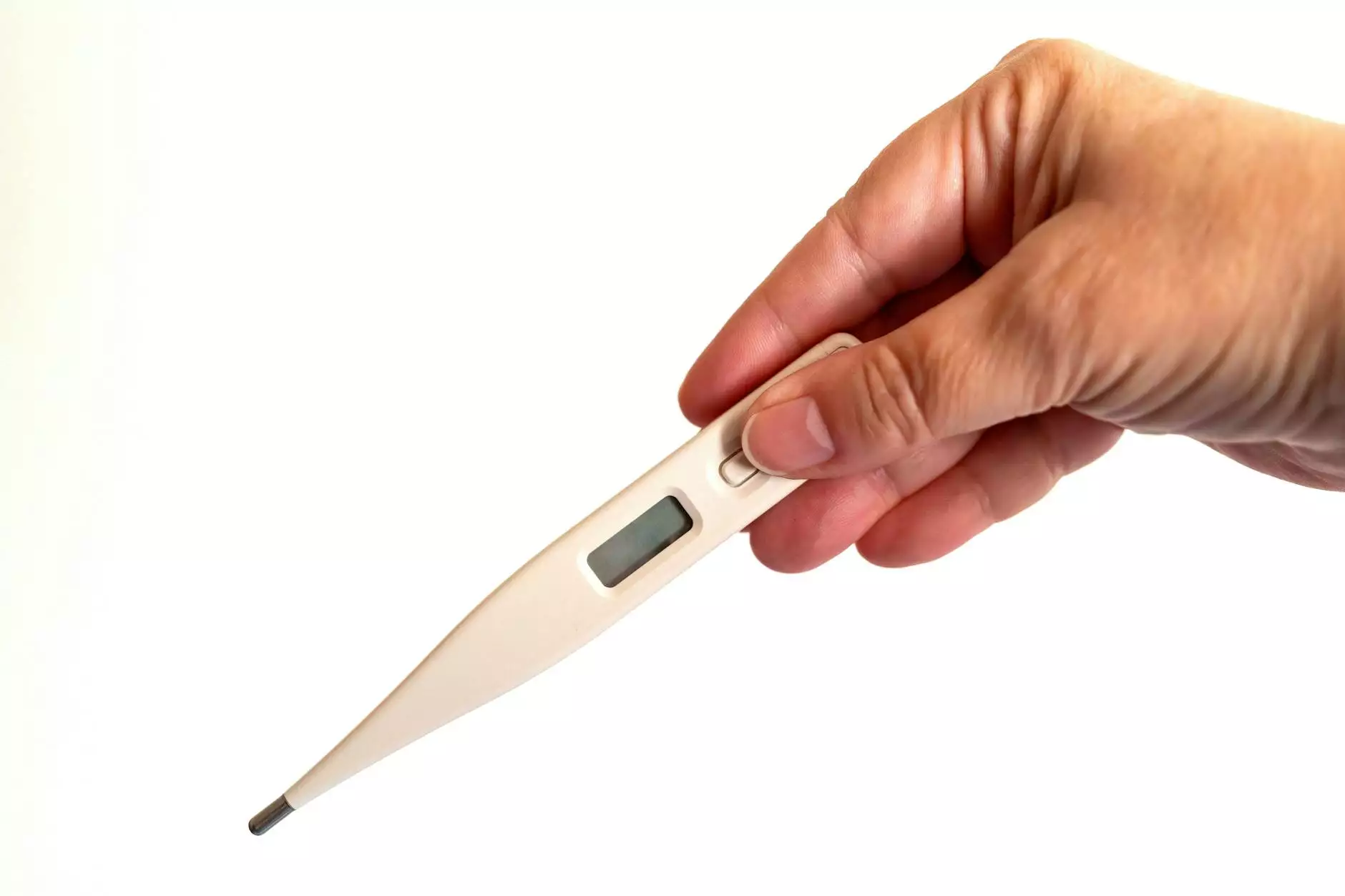Understanding Retractor Surgical Instruments

In the ever-evolving world of medicine, surgical instruments play a pivotal role in the success of various procedures. Among these instruments, retractor surgical instruments are essential for enhancing visibility and access in surgical fields. This article delves deeply into the importance, types, applications, and benefits of retractor surgical instruments, ensuring that you're well informed about this crucial aspect of health care and medical supplies.
The Importance of Retractor Surgical Instruments
Retractors are a category of surgical instruments that are used to hold back tissues, allowing surgeons to access deeper regions of the body during operations. Their significance cannot be overstated. They help in:
- Improving Visibility: Retractors allow surgeons to view the surgical site clearly.
- Facilitating Access: By holding back tissues, retractors grant surgeons better access to internal structures.
- Enhancing Safety: They help minimize trauma to surrounding tissues, reducing the risk of complications.
Types of Retractor Surgical Instruments
Retractor surgical instruments come in various forms, each designed for specific functions and surgical procedures. Here’s a detailed look at the different types:
1. Handheld Retractors
Handheld retractors are designed to be held by the surgeon or an assistant. They require manual handling, allowing for control over tension and positioning. Common examples include:
- The Richardson Retractor: Primarily used in abdominal surgery, it features a flat blade that provides wide exposure.
- The Army-Navy Retractor: Known for its double-ended design, it offers versatility in multiple surgical applications.
2. Self-Retaining Retractors
Self-retaining retractors are designed to maintain tension without manual support. They often feature mechanisms that lock the retraction in place, freeing the surgeon to focus on the operation. Examples include:
- The Balfour Retractor: Excellent for abdominal surgeries, it includes adjustable blades that accommodate the surgical site.
- The Bookwalter Retractor: Highly versatile with interchangeable components, it is ideal for complex procedures.
3. Tissue-Specific Retractors
These are tailored for specific types of tissues and organs. They include:
- The McBurney Retractor: Designed for appendectomies, it effectively holds back the abdominal wall.
- The Deaver Retractor: Used in thoracic and abdominal surgeries, its long, flat blade is designed for deep retraction.
Applications of Retractor Surgical Instruments
Retractor surgical instruments are utilized in a myriad of surgical specialties. Their applications include:
1. General Surgery
In general surgery, retractors are essential for procedures such as appendectomy, cholecystectomy, and hernia repairs, allowing for optimal access and visualization.
2. Orthopedic Surgery
In orthopedic surgeries, retractors hold back muscle and skin layers during procedures like joint replacements and fracture repairs, minimizing tissue trauma and enhancing visibility.
3. Neurosurgery
In neurosurgical procedures, specialized retractors are critical for accessing the brain while protecting delicate neural tissues. Instruments such as the Ojemann retractor are tailored specifically for this purpose.
Benefits of Using Retractor Surgical Instruments
Utilizing retractor surgical instruments provides numerous benefits that enhance surgical outcomes:
- Optimal Visibility: With effective retraction, surgeons can gain clear views of the surgical field, reducing the likelihood of errors.
- Reduced Surgery Time: Efficient retraction allows for faster procedures, minimizing patient exposure to anesthesia and potential complications.
- Improved Patient Safety: By protecting surrounding tissues, retractors contribute to overall patient safety and recovery.
Choosing the Right Retractor Surgical Instruments
Selecting the appropriate retractors for a surgical procedure is critical. Considerations include:
- Type of Surgery: The selection depends significantly on the surgical specialty; for instance, the needs of orthopedic surgery differ from neurosurgery.
- Type of Tissue: Specific retractors are designed for certain tissue types, ensuring minimal trauma and optimal exposure.
- Surgeon Preference: Some surgeons have preferences for certain retractors based on familiarity and comfort.
Best Practices for Using Retractor Surgical Instruments
To ensure the effective use of retractor surgical instruments, adhere to the following best practices:
- Proper Training: All surgical staff should be adequately trained in the use of retractors to enhance efficacy and reduce mishaps.
- Maintain Sterility: Adhere to strict sterilization protocols to prevent infections and complications during surgeries.
- Regular Maintenance and Inspection: Ensure regular checks and maintenance of retractors to guarantee their functionality and safety during use.
Conclusion
Retractor surgical instruments represent an integral part of modern surgical practice, enhancing visibility and access while safeguarding surrounding tissues. With a variety of types tailored for different surgical needs, these instruments contribute significantly to the success of a vast array of procedures across various medical specialties.
Understanding the significance, applications, and best practices surrounding retractor surgical instruments is crucial for healthcare professionals. As the field of surgery continues to advance, the role these instruments play will undoubtedly remain vital in improving patient outcomes and operational efficiency.
For high-quality medical supplies and equipment, such as those discussed in this article, look no further than new-medinstruments.com. Explore a comprehensive range of health and medical supplies to elevate your surgical practice today!









